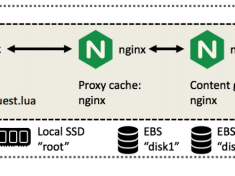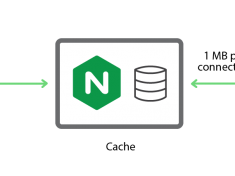
The Future of NGINX and NGINX Plus
The following is adapted from a presentation given by Owen Garrett at nginx.conf 2015, held in San Francisco in September. You can view the video of the talk here. Table of Contents 0:00 Introduction 0:30 Massive Pace of Development in 2015 3:55 Why the Top Sites Choose NGINX 4:58 Building a Great Application… 12:30 nginScript 13:30 Announcing Dynamic Modules 18:00 NGINX Amplify 0:00 Introduction 2015 has been a really, really big year for NGINX. As Gus said in his keynote presentation, the company has grown, our user base has grown, and the number of customers using our software, taking advantage of our services continues to grow. But what I want to talk to you more about is how the product has changed. 0:30 Massive Pace of Development in 2015 Many of you track us on Mercurial, our source control system. [ more… ]



